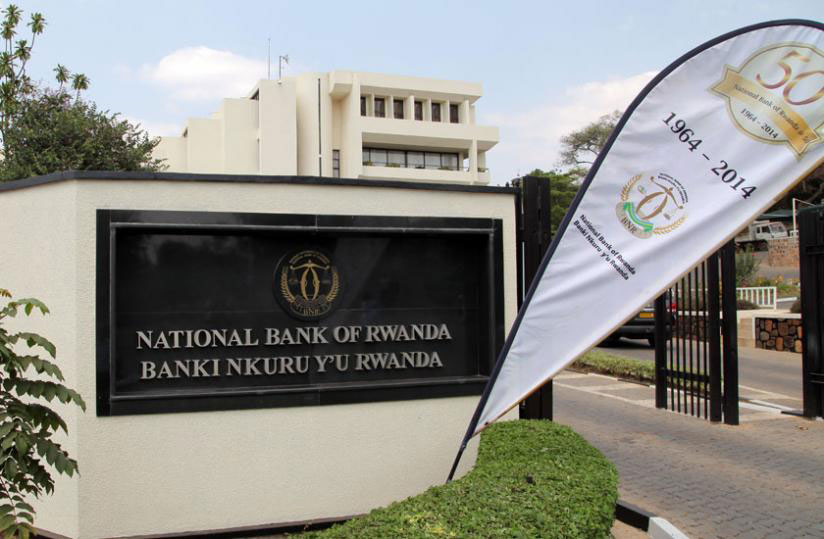
The Central Bank is studying the possibilities of issuing its own Central Bank Digital Currency in response to global trends in digital currency.
A central bank digital currency (CBDC) is a digital currency that would be issued and overseen by a country’s central bank.
Digital currency in this case represents any currency or money that is managed or exchanged on digital computer systems, especially over the internet and never converted into physical form at any point.
Considerations of central bank digital currencies have increasingly become common globally following the popularity of decentralized cryptocurrencies such as Bitcoin and Ethereum, which are not managed by any governments and central banks.
This has seen countries around the world commence research on the possibility of creating their own digital currencies, commonly known as central bank digital currencies.
John Karamuka, the Director of Payment Systems at the Central Bank told The New Times that their assessment and study is looking at economic, financial and technology aspects related to CBDC as well as the operationalization model, taking into account the local context.
“The study is also analysing the implication of the CBDC on monetary policy and financial stability,” he added.
During the study, it has emerged that there are limited countries and case studies to bench market from as only one country has since launched a CBDC.
Only Bahamas has so far launched a central bank digital currency, the sand dollar with many others exploring the feasibility.
This month, Tanzania’s President, Samia Suluhu asked the country’s Central Bank to look into the subject while Nigeria is also reported to be exploring the feasibility of issuing one.
Karamuka noted that there is not much in terms of global standards and reliable benchmarks on the subject at the moment on the subject.
“Nevertheless, we are benchmarking on countries that are at more advanced stages, learning both positive and negative experiences. We are basing on work done by international institutions such as the International Monetary Fund, World Bank, World Economic Forum among others,” he said.
Digital currency and blockchain enthusiasts said that with digital currencies likely to have a major impact on the country and the region, it is important to analyze attributes and potential implications.
Norbert Haguma, the Chairman Rwanda Blockchain Association said that among the most important aspects to look into is the necessity of a CBDC, and whether or not it would actually bring value.
“A CBDC should retain the best attributes of both cash and existing e-wallet solutions: cash can be exchanged offline, without restrictions or fees, while digital payments such as mobile money allow for instant long-distance transfers,” he said.
Another aspect that should be accorded priority in the study, Haguma said, is inclusivity.
Contrary to private interests, the central bank is mandated with the financial inclusion of all Rwandans, so the adopted solution would be expected to be applicable and relevant to the different category of users.
“The third aspect is interoperability, as any solution must at least work with the AfCFTA if not globally, by figuring out instant settlements and standards between central banks, or some other mechanisms, so that people and machines pay each other instantly, for free,” he added.
“Finally, will a CBDC help Rwanda in our goal to become a financial and technology center? Will we develop some if not all of the CBDC technology locally?” he added.
Global studies and projections have said that digital currencies hold multiple benefits such as faster payments and transfers, less expensive international transfers as opposed to high fees charged to move funds from one country to another.
Other projections are that digital currencies could support in reaching out to the unbanked as they will have financial history.
On the other hand, there are also concerns that digital currencies could require much input for the general public to learn how to perform fundamental tasks with further calls for the systems to be simplified as possible.
This is at a time when the electronic payment uptake has been severally blamed on complex procedures.




No comments :
Post a Comment